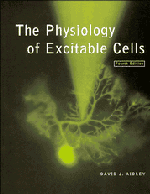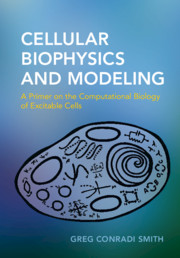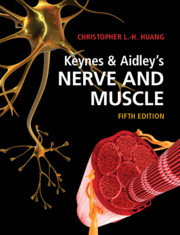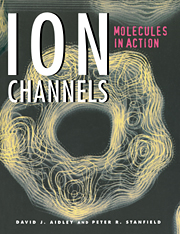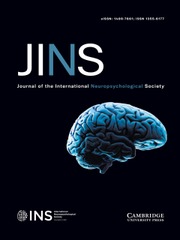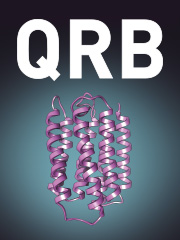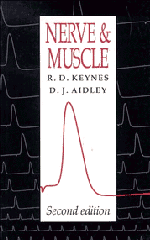The Physiology of Excitable Cells
The fourth edition of this highly successful text has been extensively revised and restructured to take account of the many recent advances in the field. The classic observations of recent years can now be interpreted with the powerful new techniques of molecular biology. Consequently, there is much new material throughout the book, including many new illustrations and extensive references to recent work. The text's essential philosophy remains the same, however: it clearly explains fundamental concepts, and examines key experiments in detail. This thorough and clearly written textbook will be valuable for students of physiology, neuroscience, cell biology and biophysics.
- 40000 copies sold in previous three editions, a classic textbook for upper level undergraduates and graduate students
- The most up-to-date and clearly written textbook available (900 new references, includes advances in molecular biology, clearer structure)
- Covers a broad scope: nerve, sensory and muscle cells, with theory emphasized by key experimental evidence
Reviews & endorsements
"...surely the best currently available text on excitable cells..." Quarterly Journal of Experimental Physiology
"I enjoyed this book immensely and believe that it can be used comfortably by students, as a reference for experts, and as a tool for the interested nonexpert investigator." Quarterly Journal of Experimental Physiology
"...it is indeed remarkable that a single author can now review current knowledge of so wide a field in the detail Aidley does here." Nerve and Muscle
"This fourth edition, as we might expect, emphasizes molecular techniques and includes much new material. Our knowledge continues to develop concerning the physiology of nerves, muscles, and sensory cells, and this book is an excellent survey of the field." Molecular Reproduction and Development
Product details
September 1998Hardback
9780521574150
490 pages
254 × 194 × 29 mm
1.245kg
480 b/w illus. 24 tables
Available
Table of Contents
- Preface
- Part A. Foundations:
- 1. Introduction
- 2. Electrophysiological methods
- 3. The resting cell membrane
- Part B. Nervous Conduction:
- 4. Electrical properties of the nerve axon
- 5. The ionic basis of nervous conduction
- 6. Voltage-gated channels
- Part C. Synaptic Transmission:
- 7. Fast synaptic transmission
- 8. Neurotransmitter-gated channels
- 9. Slow synaptic transmission
- 10. Synthesis, release and fate of neurotransmitter
- 11. Learning-related changes at synapses
- 12. Electrotonic transmission and coupling
- Part D. Sensory Cells:
- 13. The organization of sensory receptors
- 14. Mechanoreceptors
- 15. Photoreceptors
- 16. Chemoreceptors
- 17. Some other sensory receptors
- Part E. Muscle Cells:
- 18. Mechanics and energetics of muscle
- 19. The contractile mechanism of muscle
- 20. Activation of muscular contraction
- 21. Varieties of muscle design
- References
- Index.

